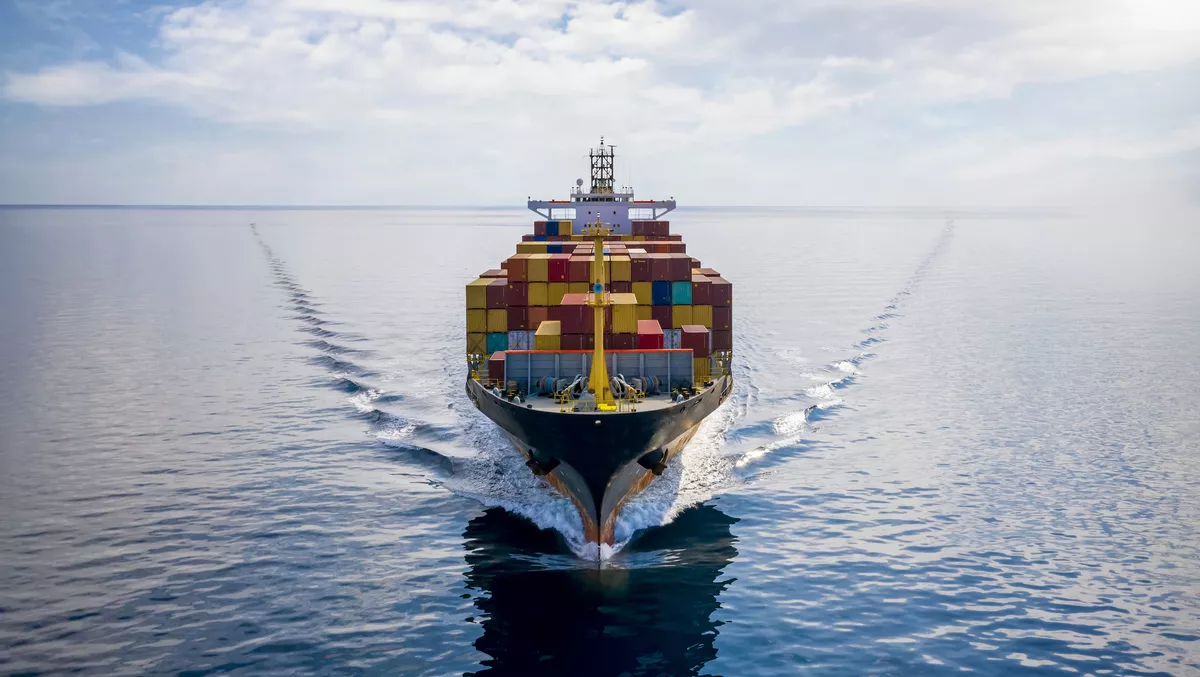
Supply chain woes set to continue in 2022 - Shopify
Supply chain woes are set to continue in 2022, according to Shopify.
The comments follow Australia prime minister Scott Morrison holding a meeting with senior ministers and top department officials to address the issue.
Shaun Broughton, Asia Pacific managing director at Shopify, says the prime minister's meeting couldn't be more timely.
"We have seen supply chain concerns arise throughout 2021, and our research shows that these concerns will only continue in 2022," he says.
"The top concerns among businesses are shipping delays, shipping costs, and manufacturing delays. Many in the industry will be looking to the government and the results of this meeting of senior officials for direction on what can reasonably be expected on these issues in the coming weeks."
Broughton says Shopify research also shows that retailers are not completely waiting for solutions from the government.
In fact, 43 per cent of brands are changing their shipping strategies to reduce the impact of global shipping delays, 38 per cent plan to integrate technology to help their company anticipate disruptions and demand, and 33 per cent plan to digitise legacy manual processes within the supply chain.
"In the months ahead, we will see logistics companies build more resilient supply chains with a heightened focus on digitisation and decentralisation," he says.
According to Shopify research report, experts predict that systems wont normalise until 2023 at the earliest. Even if consumers understand these complications, they still want goods delivered fast, free, and most importantly, on time.
Retailers around the world are being heavily impacted and this is now forcing retailers to rethink their shipping and logistics strategies by digitising their supply chains, improving transparency, and investing in sustainable business practices, so they can meet customer expectations.
The research refers to three key trends re how retailers are coping with the crisis in 2022:
1. Supply chain vulnerability
2. Social and environmental impact
3. Transparent delivery times.
Some of the key stats from the Shopify report include:
43% of brands are changing shipping strategies to reduce the impact of global shipping delays and 45% intending to improve their manufacturing capacity.
41% of merchants* plan to invest further in buy online, pick up in store options, which usually encompasses curbside pickup and click and collect.
In 2022, 38% of the merchants Shopify surveyed plan to integrate technology to help their company anticipate disruptions and demand, while 33% plan to digitise legacy manual processes within the supply chain. Between January 1, 2021 and September 30, 2021, app installs for warehouse management by Shopify merchants grew by 198%, while app installs for order and shipping reporting grew by 53% compared to the same period in 2020.
"In 2022, building trust and transparency through delivery-related communications will be key to build and maintain long-term relationships that are resilient enough to withstand unforeseen future challenges," Broughton says.
"Cost and delivery times are the two most important factors customers consider when shopping online. When shopping online, 74% of consumers surveyed are influenced by price, while 68% are influenced by estimated time of delivery."


